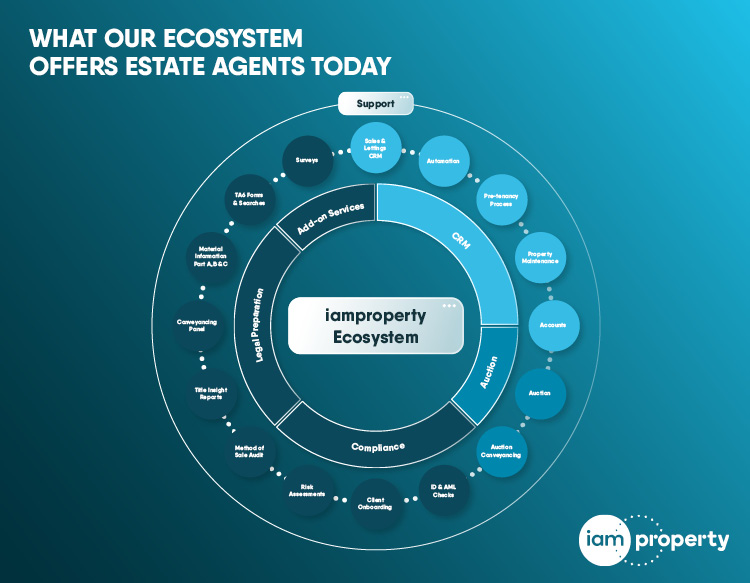Reusing small empty sites of up to two hectares could more than meet the UK’s housing demand without building on greenfield land, builders say. This must be coupled with upgrading existing buildings, reclaiming and remodeling empty buildings, and converting and upgrading homes to make existing neighbourhoods attractive.
These are key findings from a new research report, launched today, commissioned by the Federation of Master Builders (FMB) from the London School of Economics and Political Science (LSE).
The report was, however, compiled before the new government put an end to 'garden grabbing', by saying that gardens would now be treated as greenfield sites and not brown land.
This approach would generate local jobs but requires new skills, more training and apprenticeships, the report argues.
The report, ‘Housing Futures: Our Homes and Communities’, written by Professor Anne Power and Laura Lane of the Centre for Analysis of Social Exclusion (CASE) at LSE, examines the four big pressures driving the future of housing policy in the UK: supply and affordability of homes; environmental limits; social cohesion; and economic change.
The report highlights that there is capacity within existing communities to create all the new homes we need. Small available sites of under two hectares within built-up areas are rarely counted and micro-sites of half an acre or less are literally too numerous to count.
Yet it is estimated that even in inner London, where population density is highest and land scarcest, there are enough micro-sites to supply all the new homes we need.
If we make our existing homes greener and more energy efficient, the research found that the building industry had enough work in this field to keep every small and medium-sized builder running to stay on top for the next 30 years. The retrofitting market for small builders offers ‘a very rosy future painted green’, as home owners realise the savings that could be made through making their homes more energy efficient.
To capitalise on this growth market, the report calls for higher standards within the building industry, particularly the 200,000 SMEs which make up 99% of the building industry.
A ‘Code for Sustainable Existing Homes’ would drive up the energy efficiency standards of our existing homes and conversions. Accreditation and Competent Person Schemes enhance the status of the building industry, as long as they are linked to real experience and hands-on training.
Professor Anne Power, Professor of Social Policy at LSE said: “We need to modernise our housing stock, reclaim and remodel empty buildings, fit new homes into small spaces within existing communities, and do all this with a fraction of the energy, materials and waste of the current building industry.
“This approach should generate many new jobs and skills in existing neighbourhoods; it should support training, apprenticeships and accreditation schemes; it should foster a new eco-retrofit supply chain. It will be quickly embraced by go-ahead small builders who know which side their bread is buttered on.
”
Richard Diment, Director-General of the FMB said: “Retrofitting is becoming an important part of any small builder’s workload, but this can only increase if SMEs can demonstrate the value and skill of their work, which is why the FMB is investigating the need to start its own competent person scheme. We hope to use this to further improve the reputation of members that join the FMB, through regular ongoing training and a clear grading system.
“Construction SMEs carry out almost 50% of all construction work in the UK, yet builders are often viewed with suspicion. In many other countries, building is a respected trade, almost on a par with the professions, and this is mainly due to accreditation and competency schemes. We recognise the important role such schemes will play in improving the reputation of the UK building industry.”
Builders say small sites could meet all housing needs
11 June 2010



















Comments
Hmmm - another report compiled by 'experts' who have nothing at all to do with the industry.
Of these sites, how many of them do you think have already been identified as potential development sites? The answer is ALL of them - unless there is doubt on their viability. Wonder if the LSE/CASE/whatever they wish to call themselves checked the Local Authority SHLAA websites to find out which already have planning histories?
The FMB obviously have too much money to commission such a report. Asking their members would have been a fair start point...